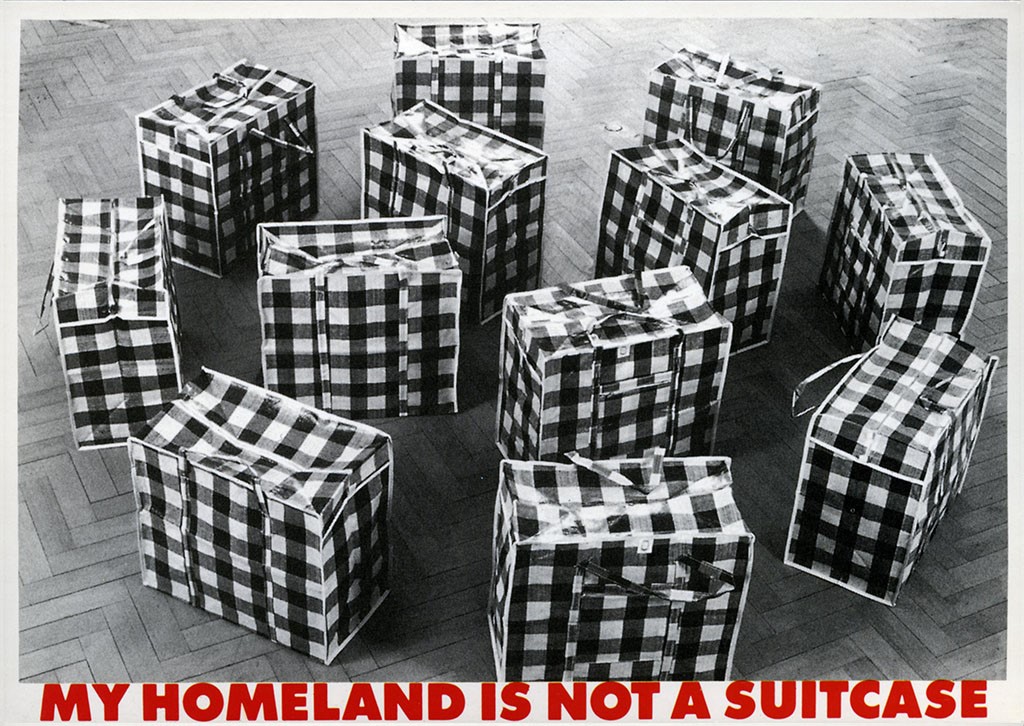The Radicant II: Solitude
European Quarter, Brussels
Studio Cecilia Chiappini
Preliminary Brief – 22th January 2021
maib24 2020-2021, Semester 2
Urban Cultures Engagement
Studio
This design studio lead by Cecilia Chiappini proposes a three-folded inquire. On the one hand, it starts by the concept of the radicant (1), continuing the previous experience of the maib24 2019-2020 (led with Caroline Sohie around the topic of migration)1. Then, it accentuates the experiential level by crossing it with solitude (2), and proposing a tool to explore the links with urban spaces: the analysis of storytelling in films (in collaboration with Maurizio Scarciglia). Finally, it explores the way such concepts can relate to large urban transformations2 (3), in this sense, as part of a series of design studios focused on the capability of infrastructural transformations to unlock urban developments of high density (in remote contexts under hyper-transformation in the
frame of maib34).
Usually, the design studio addresses the question of how infrastructure can potentially generate spaces of social interactions in which urban complexity and conflicts can be celebrated (referred as spaces of collectivitites).
This is broadly associated with “lively” urban spaces.3 In contrast, now, the proposal is to rethink the meaning of high-density and new ways of living, in combination with a new understanding of urban qualities, relations between private-public and collective spaces. The focus is on the new articulations of domestic and everyday life experiences trigged by the lock-downs and the pandemic. In this case, starting by the lack of interactions and by the variety of implications in recalibrating the space of residence as starting spatial frame for (social, virtual, restrictive) interactions.
Based on this, the students will produce an architectural-urban design-case proposal based on their inquiries on a specific location, starting by the provocation of a project under development.4 This semester’s location is the transformations of the European Quarter of Brussels.
Here, the Projet Urbain Loi (PUL), aims at providing 880.000 m2 of new built space in this area. Further, the Loi 130 Project makes this ambitions concrete, with the construction of towers of 190,000 m² that have just been assigned by competition.
How can such ambitious projects for urban transformation be put under question when most of the activities are done remotely, leading to empty offices and apartments? How does such a contrast help us re-imagine ways of building living and working spaces with an accent of new ways of interacting?
Evidently, the background of the inquiries is the worldwide situation triggered by the Covid-19 pandemic, making it more urgent to rethink the way we live together in high density contexts, and how we transform them and keep them open to new, unexpected, circumstances.
During an intensive research-design studio, students will discuss conceptual issues, develop and test explorative tools to address the issues at stake, especially looking at “film narratives” to explore the link between solitude and urban and domestic spaces; in combination with site research based on “expectations, materialisations and appropriations,” around infrastructures and collectivities. The “learning from…” approach is tested transversally.5
The modality of the design studio is partially remote, partially presential, and the main objective is to generate urban design and architecture devices, and strategic plans, that particularly look at (inter)cultural dimension of urban spaces. In this, each student is to put in place a coherent research and design process, to define and prove a critical point of view, translated into design understood in broad sense.
1 See: The Radicant, maib24 2019-2020
2 As developed in close relation with the tutor’s PhD-research on Infrastructures under Transformation as Spaces of Collectivities”
3 The concept of livability is related to rankings to measure certail parameters that will be developed further and addressed during the
semester.
4 Previously, the design studios have addressed Buenos Aires, Barcelona and Brussels. For references, see particularly Brussels: Soojeong
Kwon: https://app.box.com/s/v3lho5we753j9ca3yu6md4kh5t06b9hi (maib14 2017-2018), Saeki Tatsuya: https://app.box.com/s/eyeun2psbcsm-
9wfar55ci3modc9h08ph (maib14 2016-2017). Toni Popovski (maib24 2016-17)
5 Inspired by Learning from Las Vegas and Made in Tokyo. See References.
Read the full studio brief (pdf)
Image left (from top-left to bottom-right):
-LOI: https://perspective.brussels/fr/projets/poles-strategiques/quartier-europeen
-Loi 130: https://ec.europa.eu/oib/loi130-competition/competition_en.htm
-Lockdown in Brussels: https://www.brusselstimes.com/belgium/144891/belgium-needs-short-strict-lockdown-right-now-says-expert-dirk-devroey-vub-coronavirus-figures-hospitals-germany-geert-molenberghs-measures-infections-third-wave-consultative-committee/eu/article/brussels-lockdown-live-blog/.
-The Bed Room, by Vincent Van Gogh, (1888), Van Gogh Museum, Amsterdam











